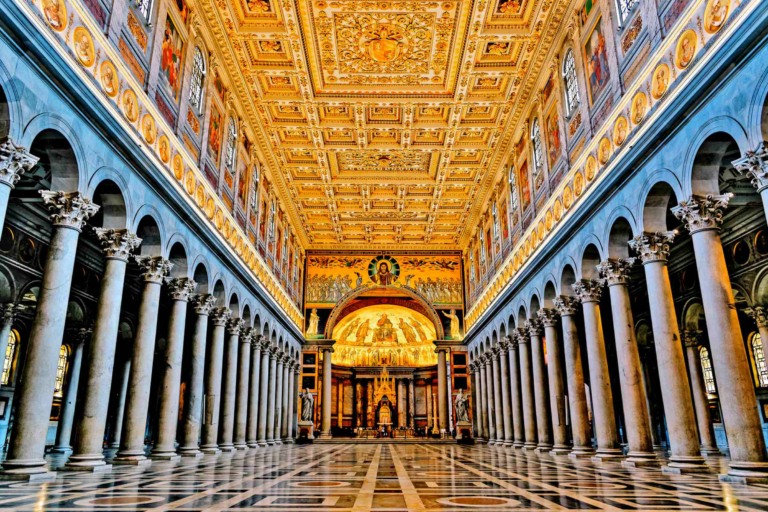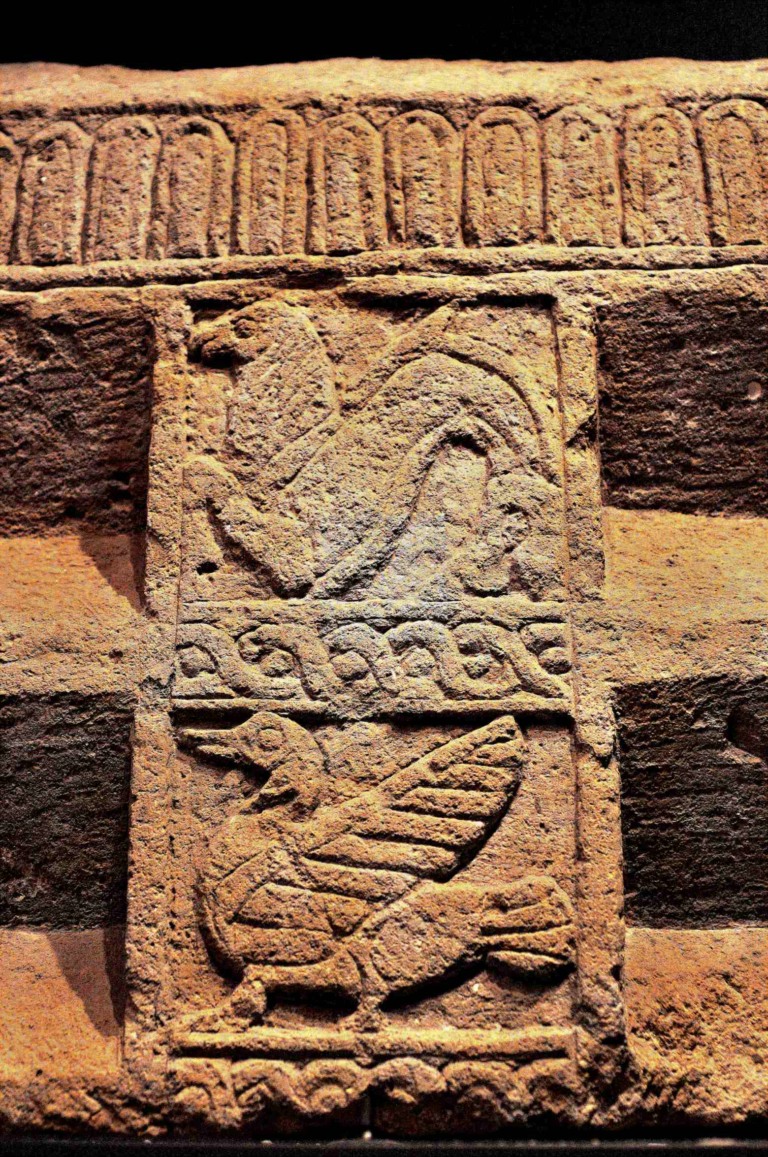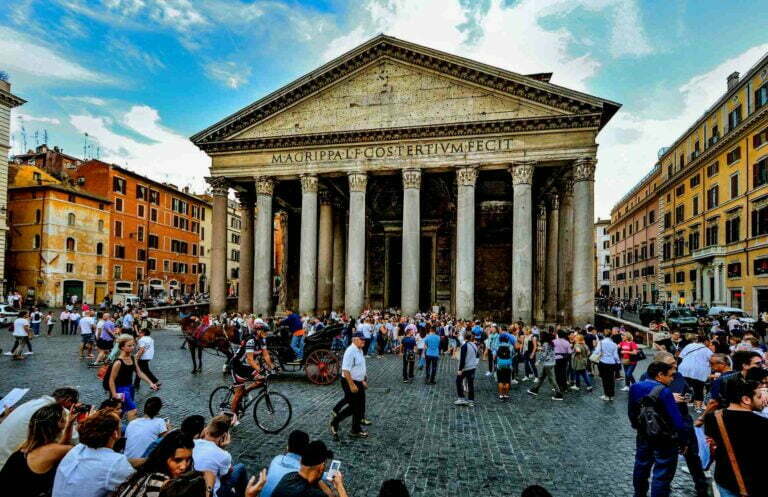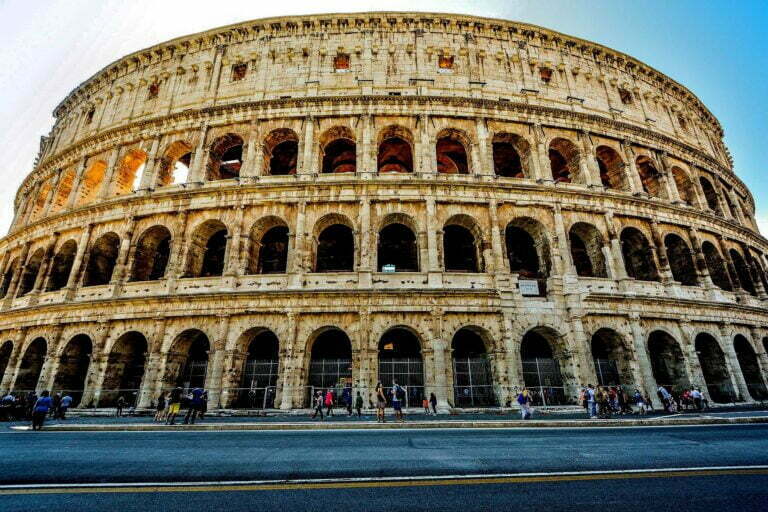History of Vatican City
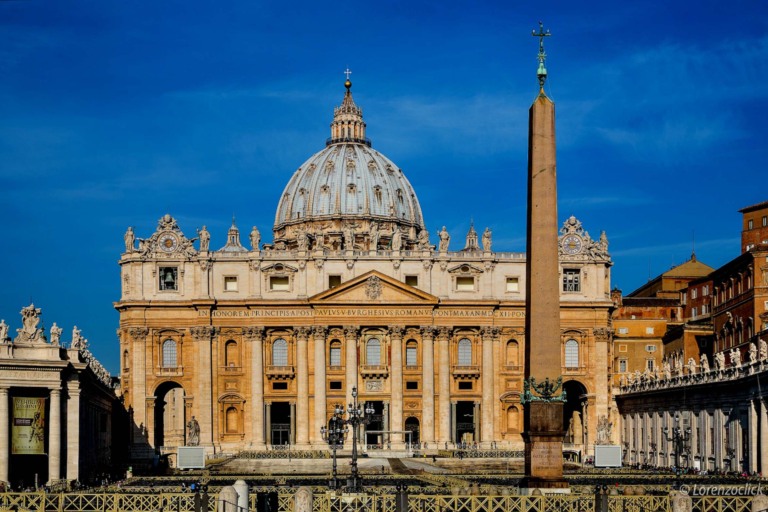
The history of Vatican City is a long and complex one, closely intertwined with the history of the Roman Catholic Church and the city of Rome itself. Vatican City, with its historical and cultural significance, is a UNESCO World Heritage Site and attracts millions of visitors from around the world annually. Today, Vatican City remains a unique entity, combining its religious and spiritual significance with its status as the world's smallest independent state. It is not only the spiritual heart of the Catholic Church but also a center for art, culture, and international diplomacy. Vatican City, officially known as the Vatican City State, is a sovereign city-state enclave within the city of Rome, Italy. It is the spiritual and administrative center of the Roman Catholic Church and serves as the residence of the Pope, the leader of the Catholic Church. Here's a detailed overview of the history of Vatican City:
